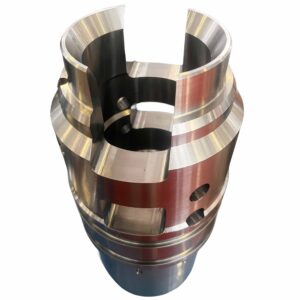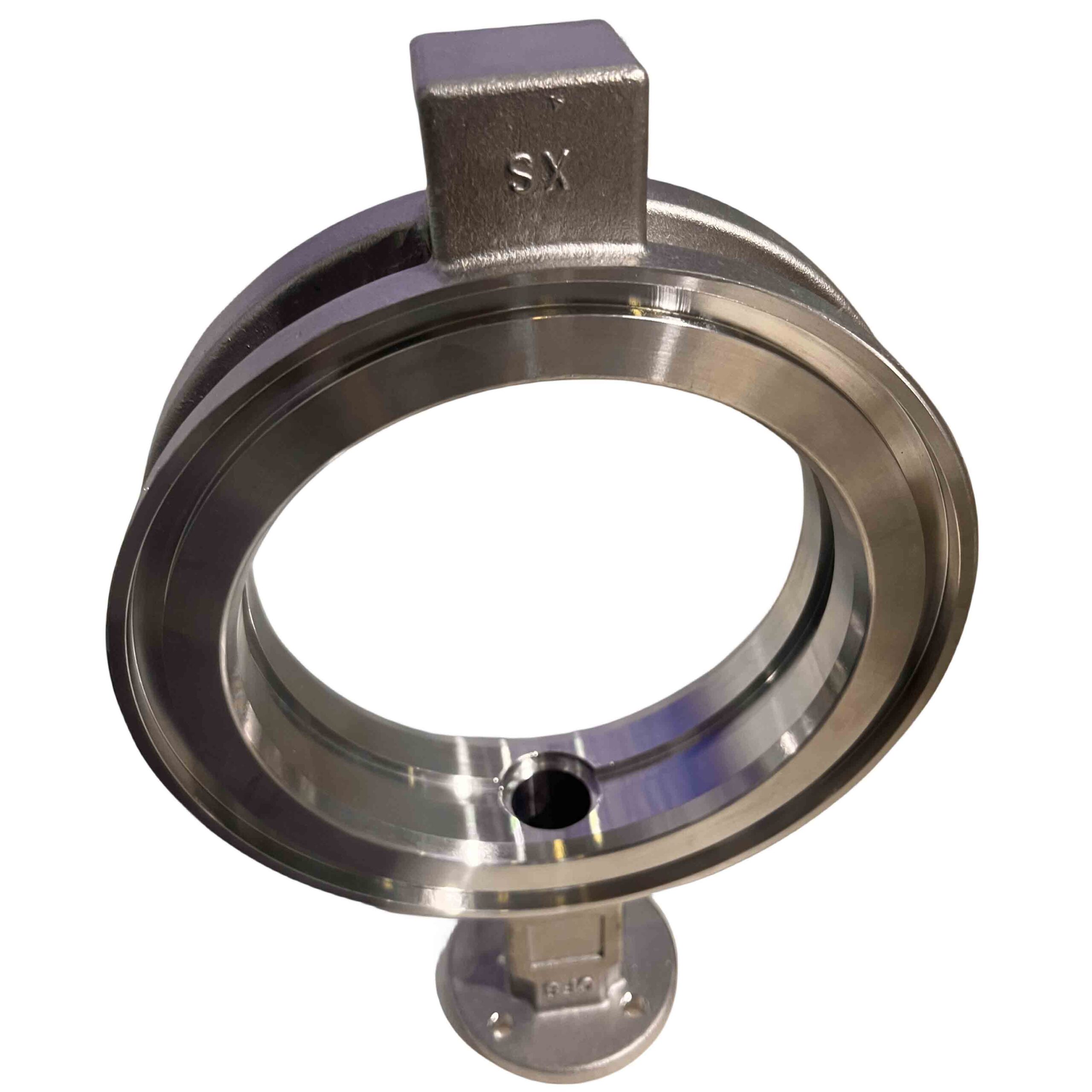
Cleanliness standards for metal parts are critical in industries such as manufacturing, aerospace, automotive, medical devices, and electronics, where contaminants can compromise performance, durability, or safety. These standards define acceptable levels of residues, particles, or impurities on metal surfaces after processing. Below is an overview of key aspects:
1. Definition of Contaminants
Contaminants requiring removal typically include:
Oils and greases (from machining, lubricants, or fingerprints).
Particulates (metal shavings, dust, grinding debris).
Oxides or scale (from heat treatment or corrosion).
Chemical residues (etching agents, acids, or cleaning solvents).
Biological contaminants (in medical or food-grade applications).
2. Industry Standards and Specifications
Standards vary by application but often reference:
ISO 8501 (surface preparation for painting/coating).
ASTM B322 (cleaning metals prior to electroplating).
IEST/ISO 14644 (particle counts for cleanrooms).
Medical Device Standards (e.g., ASTM F3127 for implantable metals).
Automotive Standards (e.g., Volkswagen VDA 19, Ford WSK-M99P1111-A).
3. Cleaning Methods
Common techniques to achieve cleanliness include:
Mechanical Cleaning: Blasting (sand, shot, or media), brushing, or ultrasonic cleaning.
Chemical Cleaning: Alkaline or acidic baths, solvent degreasing, vapor degreasing.
Electrochemical Cleaning: Electroplating pretreatment (e.g., electrolytic cleaning).
Thermal Cleaning: Baking, pyrolysis (for organic residue removal).
4. Verification and Testing
Methods to validate cleanliness:
Visual Inspection (magnification, UV light for fluorescing residues).
Gravimetric Analysis: Weighing parts before/after cleaning to measure contaminant mass.
Particle Count: Using liquid particle counters or air sampling in cleanrooms.
Surface Energy Tests: Water break test (hydrophobic residues repel water).
Spectroscopy: FTIR, XRF, or SEM-EDS to identify chemical residues.
Extraction and Analysis: Swab or rinse tests followed by lab analysis (e.g., HPLC, GC-MS).
5. Cleanliness Levels
Standards often specify thresholds, such as:
Particulate Counts: e.g., ≤5 mg/m² of particles >25 µm.
Residual Oil/Grease: e.g., <1 mg/m².
Ionic Contamination: e.g., <1.0 µg/cm² NaCl equivalence (for electronics).
6. Post-Cleaning Protection
To maintain cleanliness after processing:
Passivation (for stainless steel to remove free iron and enhance corrosion resistance).
Coating or Packaging: Temporary protectants (VCI films, nitrogen purging) for storage/shipping.
Controlled Environments: Cleanrooms or inert gas chambers.
7. Industry-Specific Requirements
Aerospace: AMS 2700 (passivation), NADCAP accreditation for critical cleaning.
Medical Implants: ASTM F86 (surface finish and cleanliness for surgical tools/implants).
Semiconductors: Ultra-high purity standards (sub-ppm ionic contamination).
8. Documentation and Traceability
Certification: Supplier compliance with cleanliness specifications.
Process Records: Logs of cleaning parameters (time, temperature, agent concentration).
Lot Traceability: Linking cleanliness data to production batches.
9. Challenges and Trends
Sustainability: Shift to eco-friendly solvents (e.g., aqueous or CO2-based cleaning).
Automation: Robotic cleaning systems for consistency.
Nanoscale Contaminants: Addressing sub-micron particles in advanced manufacturing.
Adhering to cleanliness standards ensures metal parts meet functional, aesthetic, and regulatory requirements. Organizations must align cleaning protocols with end-use demands and continuously validate processes through rigorous testing.





